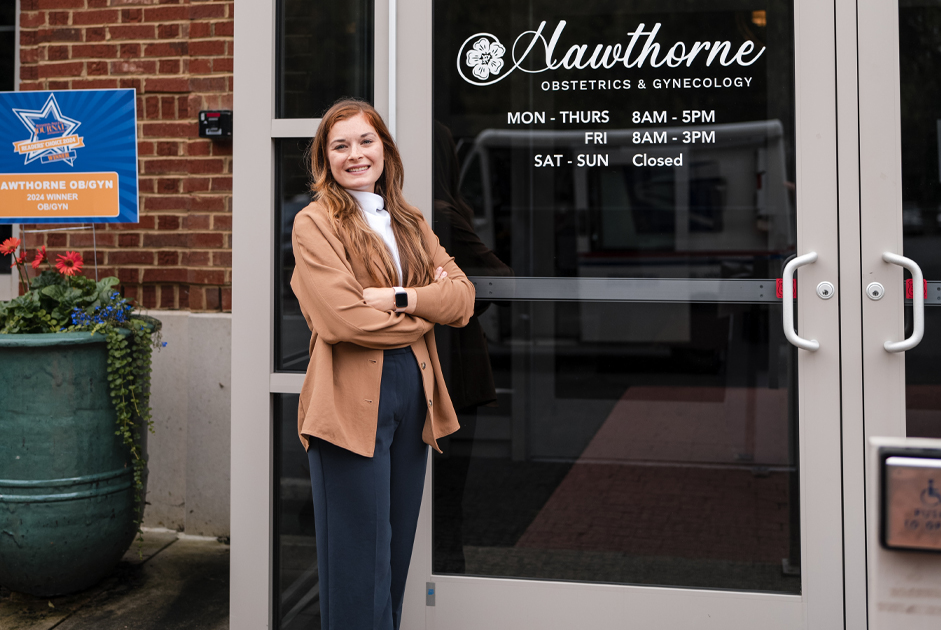Trying to get out of debt? If so, you’re not alone. Each year, millions of Americans struggle with managing their debts. According to a recent study by The Pew Charitable Trusts, 80 percent of Americans report carrying some form of debt, with seven out of 10 claiming that debt is a necessity in their lives.
The most common household debts include mortgages, auto loans, credit cards and student loans. In fact, in the second quarter of 2017, household debt rose for the 12th consecutive period to a record $12.84 trillion!
While many consider carrying debt to be a necessary part of life, it is very easy for it to become overwhelming. In 2016, American households with credit cards paid an average of $1,292 in interest on credit cards alone. However, with the proper planning and strategy, you can pay off your debt – and free up much-needed funds – through consolidation.
Consolidating Debt
Debt consolidation is the strategy of taking out one loan to pay off several. Because there are so many different kinds of debt, consolidation becomes a smart option for those who want better terms, one payment, and generally, a lower interest rate.
However, as with any program to start tackling debt, consolidation requires smart thinking about multiple obligations at varying interest rates and terms, personal credit limits and how it will affect your future spending.
For example, credit card debt is a common dilemma many of us find ourselves in. American Consumer Credit Counseling, a nonprofit organization, released a survey on credit card debt in March 2017.
It found that almost 50% of consumers have credit card debt over $10,000, and that 35% have over $15,000 in credit-card debt. The worst credit card problems stem from two factors: they’re easy to use and credit cards often have high interest rates – ranging from 15% to 22%.
Debt consolidation is one way to tackle fast-growing, high- interest rate debt from multiple credit cards growing faster than they can be paid off. This allows you to bring all of your debt together under one loan – with one rate and one payment. However, if you do choose to consolidate, it is important to consider canceling one or more of the high interest rate cards to avoid falling into the same trap in the future.
Understand Your Options
While a debt consolidation loan can help you pay off debt, several other lending tools can also be used. If you have an auto that is worth more than you owe, you have equity in your vehicle, and you can use this equity to pay down debt.
Funds from home equity lines are another option that offer fixed- and variable-rates. Many financial institutions offer preferred lines of credit with lines starting at a few hundred dollars so you don’t rack up a lot more debt as you work to pay existing debt down.
Find the Right Partner
When looking to consolidate debt, it’s important to work with a partner that you trust to have your best interest in mind. Find a financial institution to help you develop a plan with an eye to your long-term financial future.
For example, Truliant offers a range of debt consolidation options, along with our No-Cost Credit Review and our TruFinancial Checkup, which reviews your entire financial picture to find ways to help you save money.
And remember, as you plan, make sure you understand upfront how long it will take to pay off your consolidation loan, and how much you can afford in payments. With proper planning and the right guidance, you can bring yourself out from under the stress of rising debt.
For more information, call 800-822-0382, or find a location nearest you at www.truliantfcu.org/locations





















